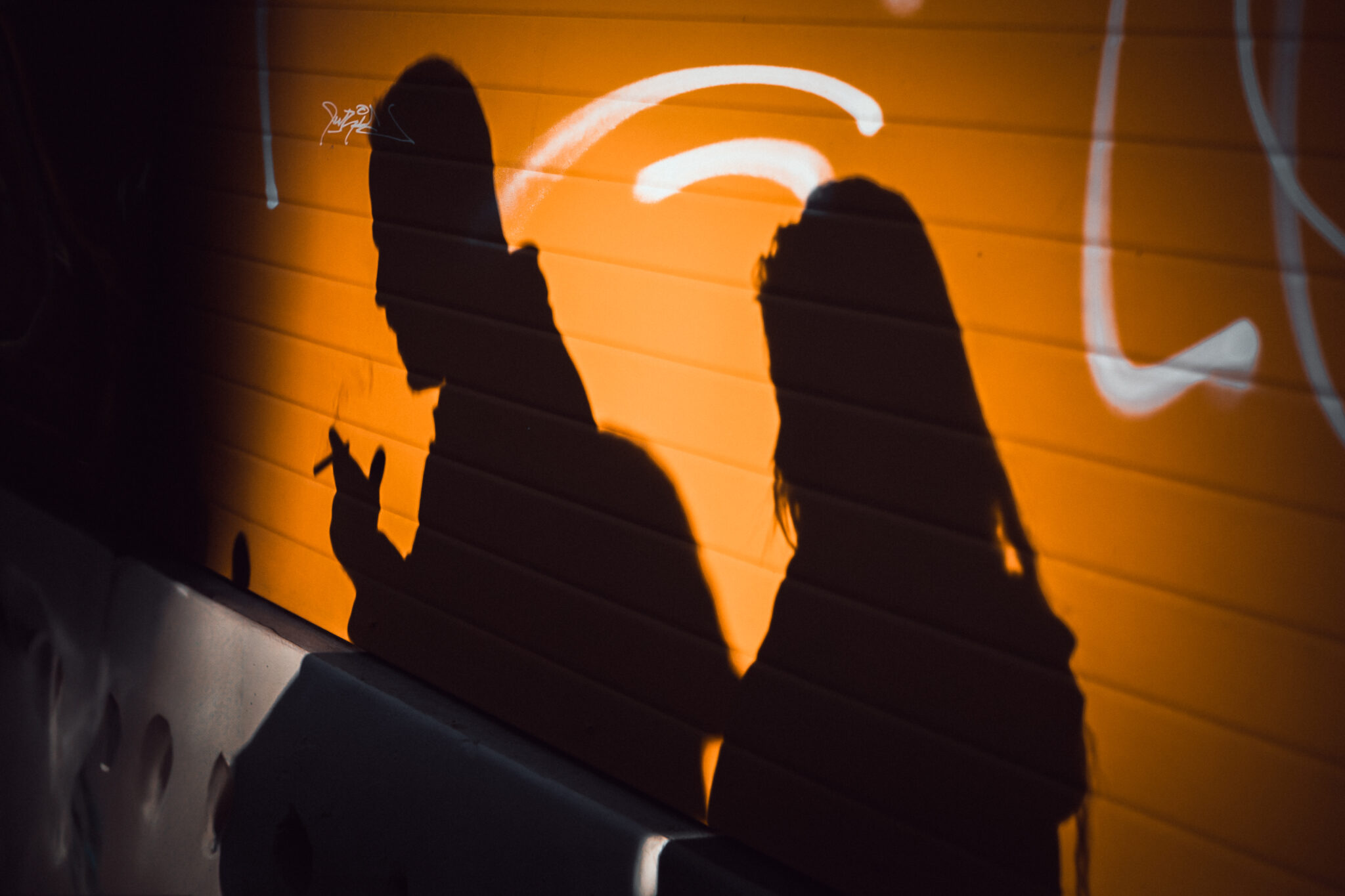Street Photography: Capturing the Pulse of Urban Life
Street photography, a genre as old as the camera itself, continues to fascinate photographers and viewers alike. It’s a form of art that turns the mundane into the extraordinary, capturing fleeting moments in public spaces. Its appeal lies in its raw, unfiltered portrayal of daily life, human behavior, and the interplay between people and their urban environment.
Historical Context
The roots of street photography trace back to the early 20th century. Pioneers like Henri Cartier-Bresson, Robert Frank, and Vivian Maier used their cameras to document the everyday life of people in cities. They were not just photographers; they were visual historians, capturing the zeitgeist of their eras. Their work now serves as a window into the past, showing us the evolution of urban life over decades.
Technical Aspects
Street photography is unique in its approach. Typically, photographers use small, unobtrusive cameras to seamlessly blend into their surroundings. The goal is to capture candid moments without influencing them. A good street photograph is a combination of composition, timing, and a keen eye for detail. It’s about finding beauty in the ordinary and presenting it in an extraordinary way.
Ethical Considerations
A key aspect of street photography is the ethical consideration of photographing people in public without their explicit consent. This raises questions about privacy and the rights of individuals. Photographers must navigate these moral waters carefully, balancing their artistic pursuit with respect for their subjects.
The Art of Storytelling
At its core, street photography is about storytelling. Each photograph tells a story, be it a glance shared between strangers or the isolation of an individual in a crowded street. The best street photographs are those that evoke emotion and provoke thought, leaving the viewer with more questions than answers.
Street Photography in the Digital Age
The advent of digital photography and social media has transformed street photography. Platforms like Instagram have democratized the genre, allowing amateur photographers to share their work with a global audience. This has led to a resurgence of interest in street photography, with more people taking to the streets with their cameras than ever before.
Street photography remains a vital and evolving art form. It is a reflection of society, a mirror held up to the world we live in. As long as there are streets, there will be street photographer, capturing the unscripted, unpredictable, and utterly fascinating story of human existence.
